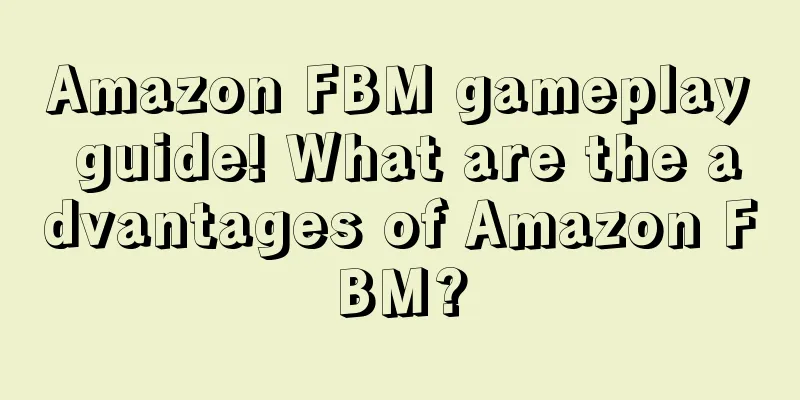Many new Amazon sellers know about FBA, but don’t know about FBM. Today we will take a look at how to use FBM and how to manage FBM.
Amazon's FBM (Fulfillment by Merchant), a self-delivery model, is also called a no-source model because it does not require advance stocking. The no-source model does not mean that there is really no source of goods, but that sellers do not need to stock up on their own. Domestic e-commerce platforms can all be their own sources of goods. It saves the cost of stocking goods and warehouse rental, and the operation is also very simple. The product information is collected from domestic e-commerce websites (such as JD.com, Taobao, 1688, etc.) through the ERP management system, and then uploaded to your own Amazon store in batches for sale after modification.
What are the advantages of Amazon FBM?
1. Shipment is done only when there is an order, no need to stock up, less capital investment;
2. The logistics cost is low, and sellers can freely choose international logistics services;
3. With a large number of SKUs, sellers do not need to develop new products;
Amazon's FBM model allows you to quickly start up an Amazon store at low cost. By distributing products, you can discover some hot-selling items. Sellers can concentrate their time and funds on making a few hot-selling items, and then combine them with the hot-selling items of brand owners. This method of attracting traffic is actually very effective. Operating multiple stores can quickly achieve higher profits.
This is the end of this article on the Amazon FBM strategy. If you want to get more knowledge about Amazon FBM, please continue to pay attention!

